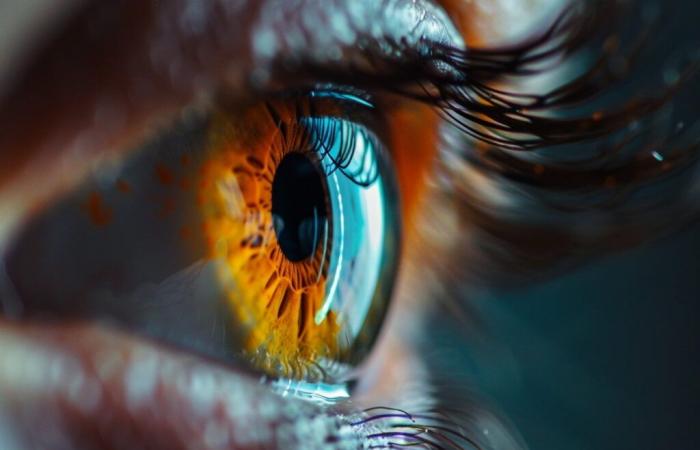World first: People regain their sight thanks to a stem cell transplant!
Tl;dr
- Japanese researchers have improved the vision of three people using stem cell transplantation.
- The study participants all suffered from a disease that causes scarring of the cornea.
- This advance represents a major step forward for stem cell research.
A revolution in ophthalmology thanks to stem cells
A remarkable medical feat was accomplished by a team of Japanese researchers. They managed to significantly improve the blurred vision of three people suffering from severe damage to their corneas. This advance, resulting from radical stem cell transplantation, represents a significant advance for stem cell research.
A significant advance for stem cell research
Four participants were involved in this study, all suffering from a condition that causes a buildup of scar tissue on the corneacalled limbal stem cell deficiency (LSCD). The cornea is often compared to a “transparent window” at the front of the eye, with the limbus acting as its frame.
This crucial framework also contains a copious supply of stem cells, ready to replace worn-out units in the cornea and maintain the clarity of the “window” as we age.
A new approach to treating limbal stem cell deficiency
In the absence of these limbal stem cells, progressive vision loss is inevitable. Today, people with LSCD in one eye can have the scar tissue surgically removed and replaced with a slice of healthy cornea from the other eye. However, if limbal stem cell loss extends to both eyes, donor transplantation is required.
This is where the potential of induced pluripotent stem cells (iPSCs) comes into play. These all-powerful units are converted from the cells of any human body. Once reprogrammed into an embryo-like state, they propagate indefinitely, with the ability to transform into any type of adult human cell, including those in the cornea.
Promising clinical trials
Researchers at Osaka University in Japan took it a step further and used iPSCs, derived from healthy human blood cells, to restore vision. However, although these small trials are extremely promising, such procedures remain very experimental and potentially dangerous.
More research is needed to evaluate their safety and effectiveness.
Health






